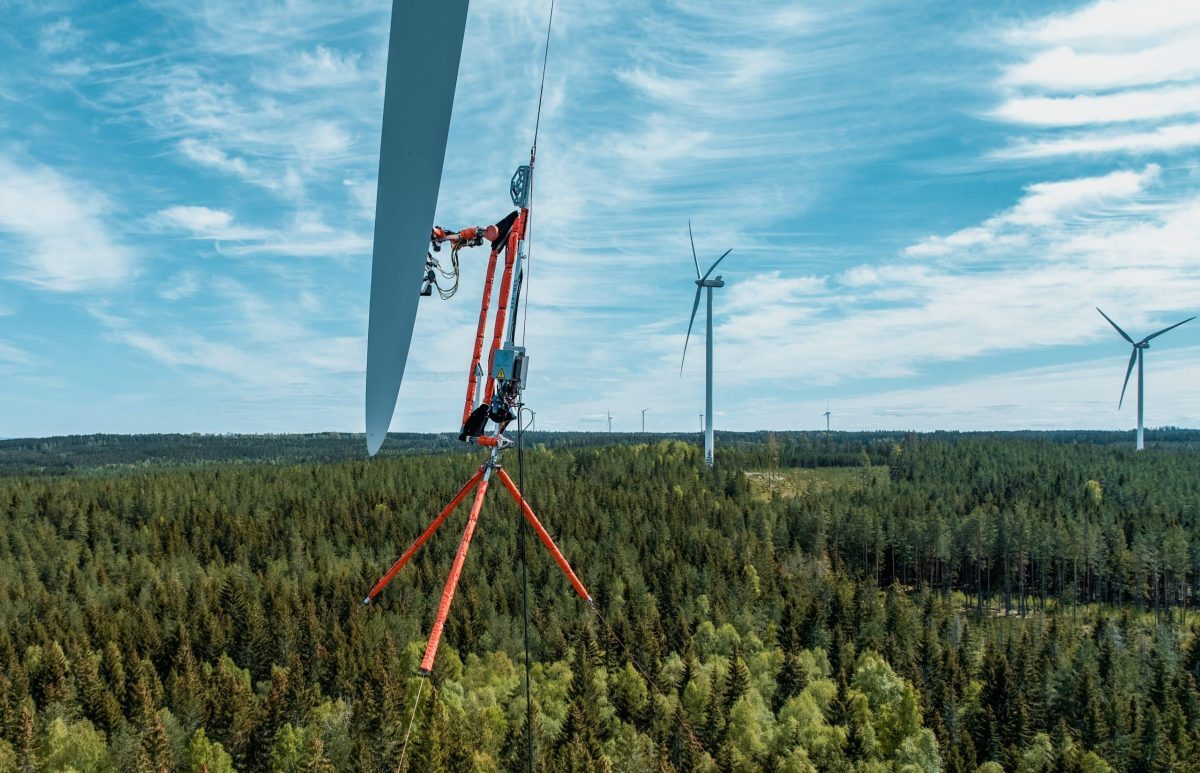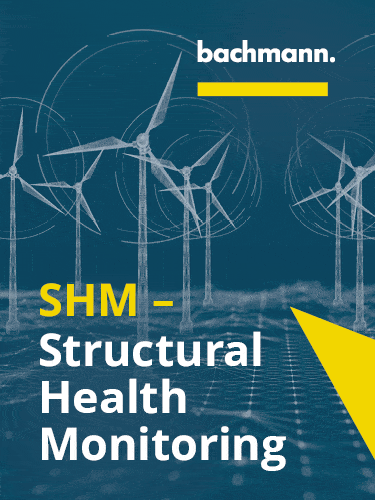Exclusive Articles
Lightning: manageable threat or force majeure for wind turbines?
Published in: Wind, Talking Point, Exclusive Articles

Lightning strikes pose a significant threat to wind turbines, potentially causing catastrophic damage. However, this risk can be effectively managed through systematic lightning protection system (LPS) inspections. This article explores the importance of LPS inspections, details methods employed by Aerones, and presents a data-driven approach to optimizing inspection frequency based on various factors.
Lightning, a naturally occurring electrostatic discharge, presents a major challenge for wind turbine operators. Its immense heat, reaching more than 27 000C / 50 000 F, exceeding the sun's surface temperature five times, can severely damage turbine blades. Our inspection data reveals a concerning statistic: nearly 20% of turbines exhibit issues with their LPS, jeopardizing safety.
The role of lightning protection systems
A lightning protection system (LPS) safeguards wind turbines by channeling lightning energy away from the blades and safely grounding it. Ideally, during a strike, the energy dissipates harmlessly. However, reality paints a different picture. Over 20% of turbines have LPS malfunctions, often due to cable breaks or oxidation, increasing resistance and compromising protection. This issue is prevalent across all manufacturers.
To read the full content, please download the PDF below.
Download full article












%20(1)(1).png)
